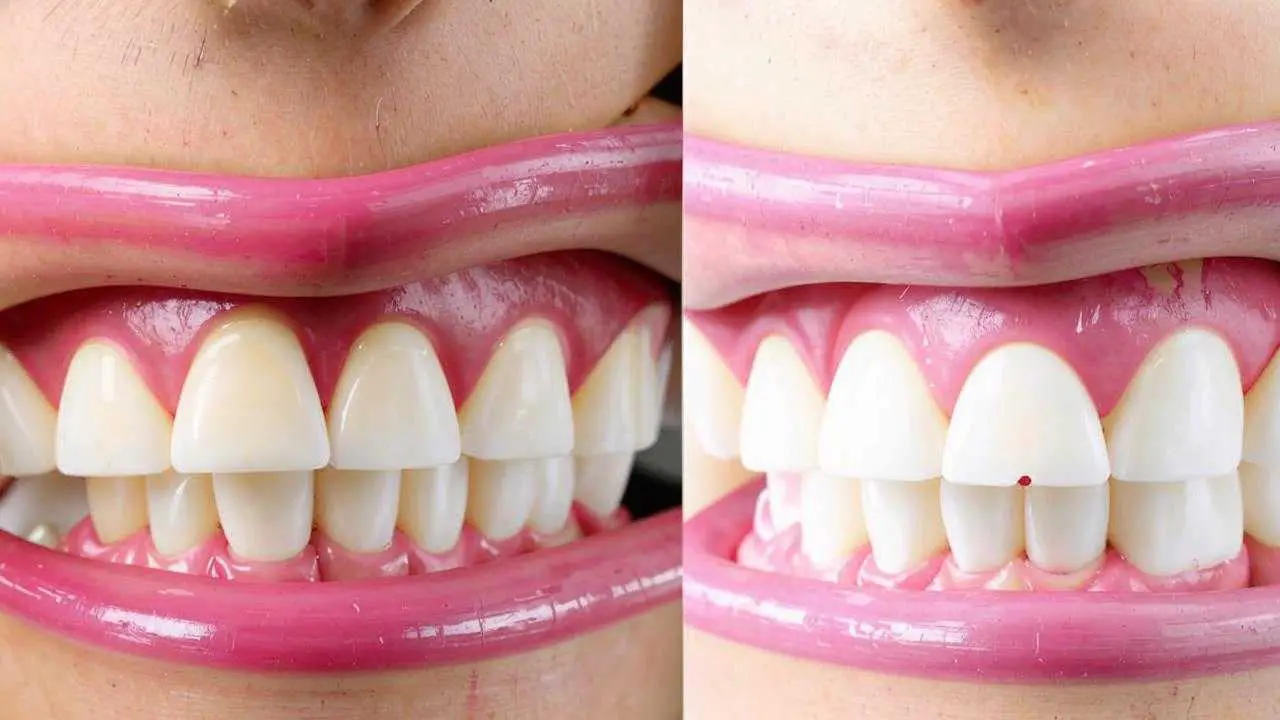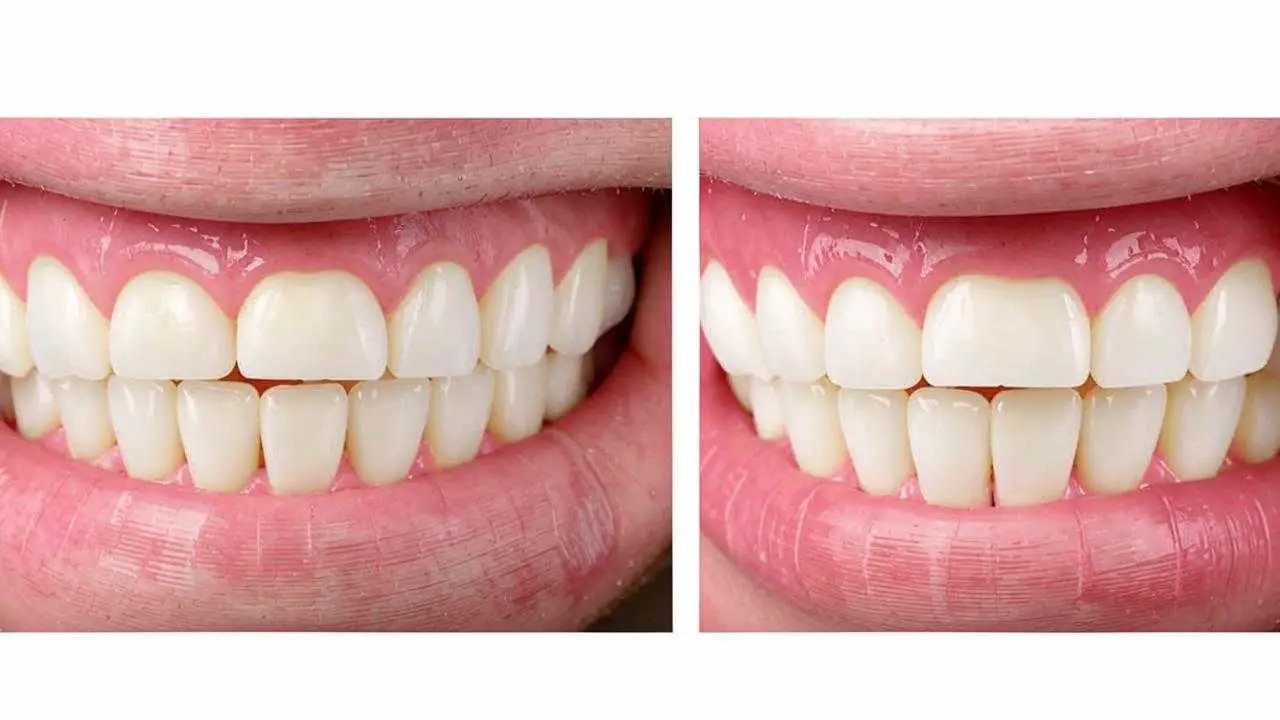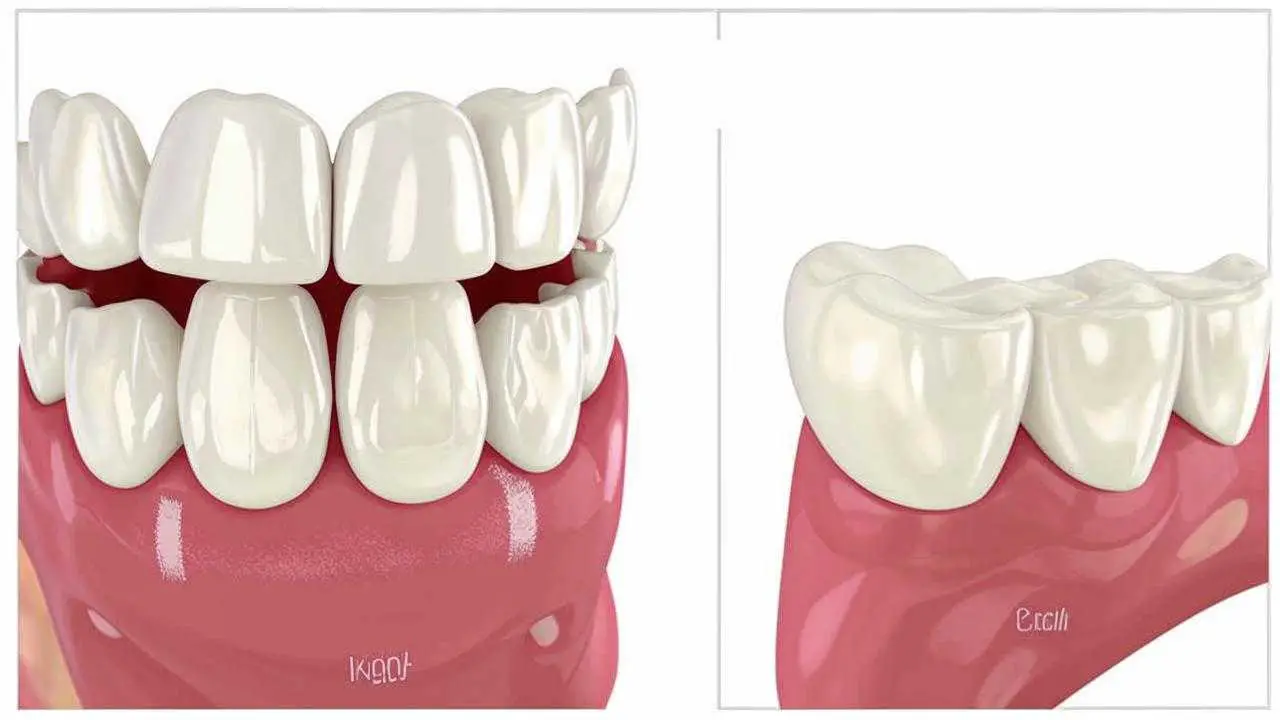Today’s beauty standards include a beautiful, snow-white smile. If your teeth are not so white, don’t be disheartened. You can get a Hollywood smile with thin overlays on your teeth – veneers. They hide discoloration, gaps between teeth, chips, and age spots.
Veneers are used to visually enlarge small teeth. If one or two teeth are out of alignment, you don’t have to wear braces for years. The same veneers can help make the teeth row even.
The main task of veneering is aesthetic correction of the smile. Therefore, they are mainly placed on the front teeth.
Restorations are made of different materials and alloys, it is quite difficult to determine which veneers are better to put. In our article we will tell you about the properties of materials for onlays, methods of their manufacture and installation.
What veneers are
Dental onlays differ from crowns in that they cover only one, the front side of the tooth. The preparation for veneers is more gentle than for crowns and the tooth is not depulped (the nerve is preserved). With the nerve (pulp) tooth is considered alive. In it there are metabolic processes, cell division, it is less susceptible to harmful influences. In addition, the onlays strengthen the tooth, serving as an additional protective layer.
Materials
According to the material of manufacture, onlays are divided into: composite, ceramic and zirconium. Each type has its own advantages and features.
- Composite. Composites are polymers that solidify under the influence of light. If you’ve ever had a tooth filled, you’ve encountered composites.
- Ceramic. This term unites 3 groups of materials:
- Materials based on feldspar. For a long time it was the only material for onlays. But recently feldspar ceramics have been overtaken by more durable compositions. Although feldspar ceramics offer a wide range of color options, they are less durable than other compositions and shrink when sintered.
- Glass ceramic is much stronger than feldspathic ceramic. In addition, it has a unique property: it reflects light as well as natural enamel. The number of shades allows you to choose any necessary color. Overlays made of such ceramics imitate the natural surface with 100% accuracy.
- Zirconium. This is a very strong material, but zirconium is more matte than vitrified ceramics and it is difficult to give it a natural look. Dentists have found a way out: zirconium is used to make a framework on which ceramics is applied.
Comparison
Table comparing veneers made of different materials
Composite | Ceramic | Zirconium | |
Durability | Low | High | Very high |
Service life | 3-5 years | Up to 20 | Up to 25 |
Production method | Layer application | Pressing | Milling |
Cost | Low | High | High |
Manufacturing method | In the dentist’s chair | In the laboratory | In the laboratory |
Production time | 1 day | 10-14 days | 10-14 days |
Repair | Possible | Replacement required | Replacement required |
Which veneers to place depends on the condition of the teeth and the defect, so the decision is made by the dentist, after analyzing all the factors.
Methods of fabrication
- Method of layer-by-layer application
Using impressions of the jaws, the technician in the laboratory makes a plaster model. A thin platinum foil is crimped around it, and then the ceramic mass is applied layer by layer. Sometimes, instead of foil, refractory models are used. The ceramic is applied directly onto it. The result is fixed by firing in a kiln.
- Pressing method
The model is made of wax and “packed” in a refractory material. From the heat of the kiln, the wax evaporates, leaving cavities that are filled with ceramic mass. Afterwards, color correction is done manually.
- Milling method
In this method, a 3D model is created based on a scan of the jaws. Then, a veneer of a given shape and size is cut from a solid block. It is used for zirconia and glass-ceramic. For zirconium oxide, this is the only processing method.
Advantages and disadvantages of ceramic veneers
Composite veneers are good because they are inexpensive and are made quickly. But they are not very durable, they need to be polished regularly, but despite grinding, the color gradually changes. With ceramic veneers, things are different.
Choose ceramic veneers for:
- natural look;
- color retention;
- long service life;
- minimal preparation;
- biological inertness;
- high durability.
The smooth surface is almost plaque-free, reducing the risk of infection and inflammation. And smooth, shining healthy teeth are a great self-esteem booster.
Alas, even the best veneers are not without disadvantages. First of all, it is the price. High-quality materials are not cheap and you will have to pay for a natural smile. But the service life of ceramic overlays is so long that the investment will pay off quite quickly.
Ceramic veneers are very strong, but thin. They can break, too. In such cases, the onlay will have to be replaced with a new one.
The main disadvantage of all veneers is the irreversibility of the process. Veneers are installed for life. Teeth under the onlays are prepared by removing a thin layer of enamel. Thus, the veneer takes on aesthetic and protective functions, because it is impossible to restore the enamel. Avoiding preparation is possible only with the installation of special, super-thin plates, lumineers.
Difference from crowns
A veneer covers only one side of the tooth, while a crown surrounds it from all sides. Thus, the crown has a higher protective function. Other differences:
- Dimensions of the preparation
Teeth are ground down for a crown, just as they are for an onlay. For ceramic veneers, this is a tenth of a millimeter. For crowns, the trimming is more pronounced and depends on the material. Usually, a small “stump” is left from the tooth.
Before placing the crown, the nerve-vascular bundle, the pulp, is removed from the tooth. It is popularly called the nerve. Do this to avoid the need to remove the structure in case of secondary caries, which can lead to pulpitis and periodontitis. After all, repair crowns, as well as veneers are not subject to.
For the installation of veneers depulpation is not carried out. Access to the tooth is preserved from the back side, it can be treated without removing the onlay.
- Depth of the defect
Crowns are placed in cases where veneers are not indicated. With severe destruction of the crown part, large fillings.
Plates are placed on the teeth for aesthetic purposes. Crowns – to restore the function of teeth.
Care of veneers
It is not difficult to care for veneers. Except that you will have to limit your diet a little. With plates on the teeth, it is better not to chew nuts, candy or breadcrumbs. Sports, especially contact sports, it is better to do in a mouth guard. Otherwise, the recommendations are usual: brush your teeth at least 2 times a day, use floss (dental floss), regularly visit the dentist and carry out professional hygiene.
Conclusion
- Only a qualified dentist can choose the right veneers. The doctor takes into account the depth of the defect, the possibility of its correction, the individual characteristics of the patient.
- Pros of ceramic veneers: naturalness, color stability, long service life.
- Minuses: relatively high cost, the need to grind off the enamel.
- The main task of veneers is aesthetic. Other methods are used to correct complex defects.



